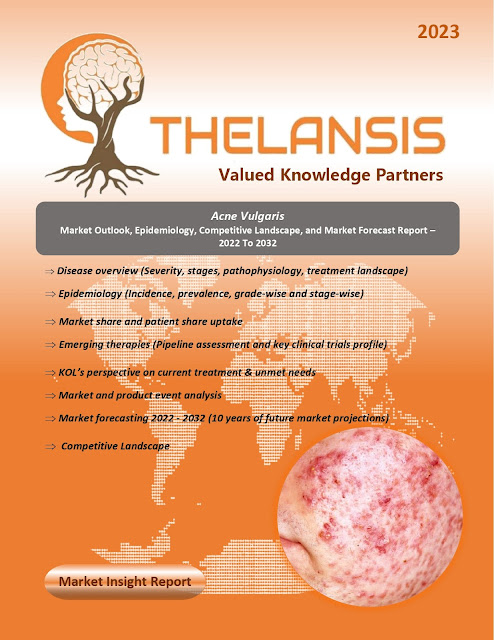Chronic Spontaneous Urticaria (CSU) – Market outlook, Epidemiology, Competitive Landscape, and Market Forecast Report – 2020 To 2030
Chronic spontaneous urticaria (CSU), also called chronic idiopathic urticarial, is characterized by urticaria for six weeks or longer without identifiable specific triggers. The average duration of CSU is frequently reported as five years, but maybe longer in more severe cases, specifically in patients with concurrent angioedema. Patients with chronic urticaria (used as a proxy for CSU) experience the substantial health-related quality of life (HRQoL), productivity impairments, and increased psychological comorbidities relative to patients without chronic urticaria. CSU is the spontaneous development of signs and symptoms with no known specific trigger. CSU and CIndU may coexist in the same patient. Overall, urticaria is classified as acute or chronic form based on the duration of illness. Chronic urticaria is diagnosed when the disease has been continuously or intermittently present for at least six weeks. Urticaria’s regular and acute forms differ in etiology, pathophysiology, and the underlying mechanism.
The
prevalence of chronic spontaneous urticaria (CSU) was estimated to be 0.75% to
1.02% cases within adults. However, ~ 30% to 55% of patients are diagnosed and
symptomatic. 10% to 15% of patients are being diagnosed with mild, 29% to 31%
of patients are being diagnosed with moderate, and 27% to 29% are diagnosed
with a severe type of CSU.
The
competitive landscape includes country-specific approved and pipeline
therapies. Any asset/product-specific designation or review and Accelerated
Approval are tracked and supplemented with analyst commentary.
KOLs insights of Chronic
Spontaneous Urticaria (CSU) across 8 MM market from the center of Excellence/
Public/ Private hospitals participated in the study. Insights around current
treatment landscape, epidemiology, clinical characteristics, future treatment
paradigm, and Unmet needs.
Chronic
Spontaneous Urticaria (CSU) Market
Forecast: Patient Based Forecast Model (MS. Excel Based Automated
Dashboard) which Data Inputs with sourcing, Market Event, and Product Event,
Country specific Forecast Model, Market uptake and patient share uptake,
Attribute Analysis, Analog Analysis, Disease burden, and pricing scenario,
Summary, and Insights.
S. No Asset Company Stage
1 Benralizumab AstraZeneca Phase 2
2 CT-P39 Celltrion Phase 3
3 Ligelizumab Novartis
Pharmaceuticals Phase 3
4 MTPS9579A Genentech,
Inc. Phase 2
5 Tezepelumab Amgen Phase 2
6 CDX-0159 Celldex
Therapeutics Phase 1
7 SYN008 CSPC
Baike (Shandong) Biopharmaceutical Co., Ltd. Phase
3
8 rilzabrutinib Sanofi Phase 2
9 Cannabidiol Stero
Biotechs Ltd. Phase 2
10 UB-221 United BioPharma Phase 1
Continued



%20Market%20Outlook%20and%20Forecast.webp)
Comments
Post a Comment